1. Introduction to Chicken Manure Dehydrator
With the rapid expansion of poultry farming, managing chicken manure efficiently has become a critical environmental and operational challenge. The Chicken Manure Dehydrator is an innovative equipment designed to reduce the moisture content of fresh chicken manure, turning it into dry, odorless, and nutrient-rich material suitable for fertilizer production or easy disposal.
This machine employs mechanical pressing, thermal drying, or a combination of both to extract water from manure, significantly reducing its volume and weight. By doing so, it not only minimizes environmental pollution and unpleasant odors but also facilitates subsequent processes like composting, pelletizing, or organic fertilizer manufacturing.
Modern chicken manure dehydrators offer automated control, energy-efficient operation, and integration with farm management systems. They are vital tools for sustainable poultry farming, environmental protection, and resource recycling.
This guide dives deep into the chicken manure dehydrator, providing detailed insights into its parameters, structural features, benefits, applications, operational procedures, maintenance requirements, common problems, and frequently asked questions.
2. Technical Parameters of Chicken Manure Dehydrator
Processing Capacity | 1 to 8 tons per hour |
Power Supply | 380V / 50Hz / 3-phase |
Power Consumption | 5 kW to 25 kW (model-dependent) |
Machine Weight | 1.2 to 5 tons |
Input Moisture Content | 60% to 75% |
Output Moisture Content | 10% to 20% |
Dehydration Method | Mechanical pressing, thermal drying, or combined |
Dimensions (L×W×H) | Approx. 4m × 1.8m × 2.2m |
Material of Construction | Stainless steel, galvanized steel |
Control System | Manual / PLC automatic control |
Applicable Material | Chicken manure, poultry waste, organic residues |
3. Features of Chicken Manure Dehydrator
3.1 Effective Moisture Reduction
The primary function is to reduce the moisture content of chicken manure from as high as 70% to below 20%, thereby lowering volume and enhancing material stability.
3.2 Combination of Mechanical and Thermal Drying
Some models utilize a combination of mechanical pressing and thermal drying for optimal dehydration efficiency and energy savings.
3.3 Automatic Control System
Equipped with PLC controllers to monitor temperature, moisture levels, and machine operation, ensuring safe, consistent performance.
3.4 Odor and Pollution Reduction
By decreasing moisture, the dehydrator limits anaerobic fermentation that produces foul odors, helping meet environmental regulations.
3.5 Robust and Corrosion-Resistant Construction
Manufactured with stainless steel or galvanized steel to withstand the corrosive nature of manure.
3.6 User-Friendly Operation
Simple interface with start/stop buttons, emergency stops, and clear display panels.
3.7 Compact and Modular Design
Compact footprint allows easy installation in farms or fertilizer plants; modular design supports expansion and maintenance.
3.8 Energy Efficient
Advanced design reduces power consumption despite heavy-duty operation.
4. Advantages of Chicken Manure Dehydrator
Volume Reduction: Moisture removal reduces manure volume by up to 70%, decreasing transport and storage costs.
Improved Hygiene: Dry manure is less prone to pathogen growth, insects, and odors.
Resource Recovery: Dehydrated manure can be further processed into organic fertilizer or used as biomass fuel.
Environmental Compliance: Meets discharge and emission standards, reducing farm pollution.
Labor Saving: Automated processing reduces manual handling and health risks.
Long-Term Storage: Dry manure is easier to store without spoilage.
Versatile Use: Suitable for various poultry farm sizes and manure types.
Integration Capability: Can be linked with composting, pelletizing, and packaging systems.
5. Applications of Chicken Manure Dehydrator
Poultry Farms: Handling daily manure from broilers, layers, breeders, and free-range poultry.
Organic Fertilizer Plants: Prepares manure for further composting or pellet production.
Biogas Plants: Pre-treatment to reduce water content before anaerobic digestion.
Agricultural Waste Management: Processing organic residues mixed with manure.
Municipal Waste Treatment: Processing manure collected from markets or processing centers.
Aquaculture Farms: Managing poultry manure to prevent water pollution.
Renewable Energy Production: Dry manure used as biofuel or biomass feedstock.
6. How to Operate Chicken Manure Dehydrator
6.1 Preparation
Collect manure and remove large foreign objects such as stones, wood, or plastics.
Ensure manure moisture is within recommended levels.
Check machine integrity and safety devices.
6.2 Operating Procedures
Load Manure: Feed manure into the input hopper or conveyor system.
Mechanical Dehydration: Use pressing rollers or screw mechanisms to squeeze out moisture.
Thermal Drying (if applicable): Hot air or steam is applied to evaporate remaining moisture.
Discharge: Dry manure is expelled through output chutes or conveyors.
Monitoring: Use PLC control panel to monitor temperature, moisture, and motor status.
Adjust Parameters: Optimize drying temperature and feed rate for best results.
6.3 Safety Precautions
Avoid loose clothing and keep hands away from moving parts.
Wear personal protective equipment (PPE) such as gloves and masks.
Ensure electrical grounding and avoid wet conditions.
Shut down machine during maintenance or cleaning.
7. Maintenance and Cleaning
Daily: Check for clogging, strange noises, or leaks.
Weekly: Clean filters and air inlets, inspect pressing components.
Monthly: Lubricate bearings and moving parts, check electrical connections.
Quarterly: Inspect sealing parts, belts, and rollers for wear.
Annual: Comprehensive inspection by qualified technician, replace worn parts.
8. Troubleshooting Common Problems
Machine Fails to Start | Power failure or motor fault | Check power supply and motor |
Poor Dehydration Effect | Low temperature or clogged filters | Increase temperature, clean filters |
Excessive Noise | Loose parts or worn bearings | Tighten bolts, replace bearings |
Material Blockage | Wet manure clumping or large debris | Remove debris, clean hopper |
Odor Problem | Insufficient drying or ventilation | Increase drying time, improve ventilation |
Motor Overheating | Overload or ventilation failure | Reduce load, check cooling system |
9. Frequently Asked Questions (FAQ)
Q1: What moisture reduction can be expected?
Typically, moisture is reduced from 65–75% to 10–20%.
Q2: What size farms can use this machine?
Models available for small to large farms processing 1 to 8 tons per hour.
Q3: Does the machine produce odor during operation?
Odors are minimized by drying and ventilation; proper installation further reduces smells.
Q4: Can the dehydrated manure be directly used as fertilizer?
Yes, it can be composted or pelletized for organic fertilizer production.
Q5: What maintenance is required?
Routine cleaning, lubrication, and part replacement as per schedule.
Q6: Is operator training required?
Basic training recommended; operation is user-friendly.
Q7: How energy efficient is the dehydrator?
Designed to minimize energy consumption while maximizing drying efficiency.
Q8: Can it process other types of manure?
Yes, with slight adjustments, it can handle pig, cow, or other livestock manure.
Q9: How long does the drying process take?
Cycle time varies but usually between 30 minutes to 2 hours depending on capacity.
Q10: Does it comply with environmental regulations?
Yes, it helps farms meet waste discharge and odor emission standards.
10. Conclusion
The Chicken Manure Dehydrator is a critical technology for modern poultry operations seeking sustainable waste management solutions. By efficiently reducing moisture content, it minimizes environmental impact, improves hygiene, and transforms waste into valuable resources. Its robust design, operational efficiency, and adaptability make it indispensable for farms, fertilizer plants, and renewable energy producers.
With increasing environmental regulations and the push for circular agriculture, investing in a high-quality chicken manure dehydrator is not just beneficial—it is necessary for future-proof, eco-friendly poultry farming.
Company Profile
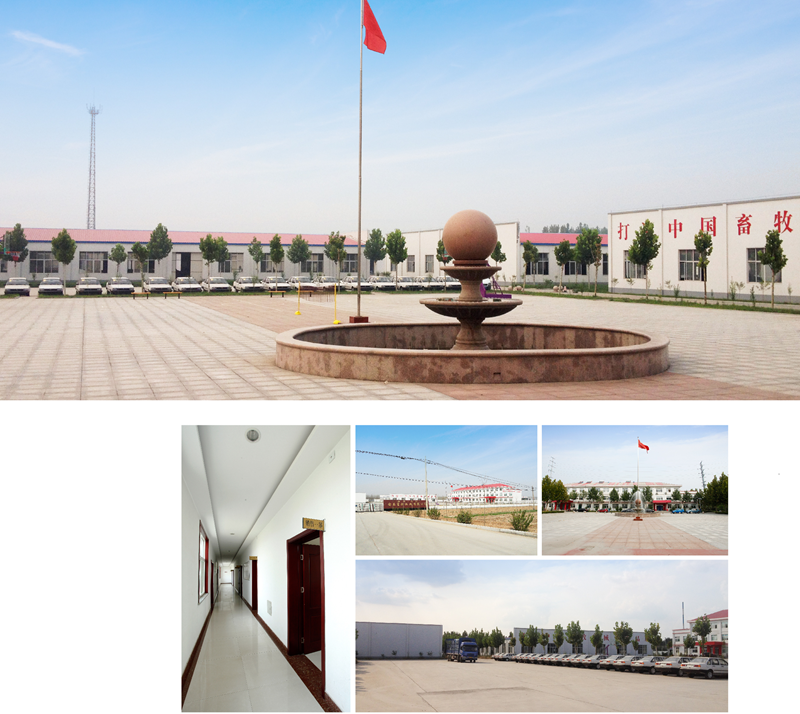
Shandong Huimin Qinle Livestock Machinery Co., Ltd. (formerly Shandong Huimin Qinle Livestock Machinery Factory) is a professional poultry equipment manufacturer with over 20 years of experience. We offer a comprehensive service package, from design (land and chicken coops), production (equipment and prefabricated steel coops), installation, commissioning, customer training, and after-sales service.
Located in Huimin County, Binzhou City, Shandong Province, China, the company has extensive experience in mechanical processing and manufacturing, as well as livestock machinery production and operation. With fixed assets of RMB 15 million, the company employs 160 people, including 30 R&D staff, and occupies a 40,000-square-meter factory. Equipped with over 110 pieces of advanced precision production equipment, including CNC machining centers and laser cutting machines, the company boasts a production capacity of RMB 50 million.
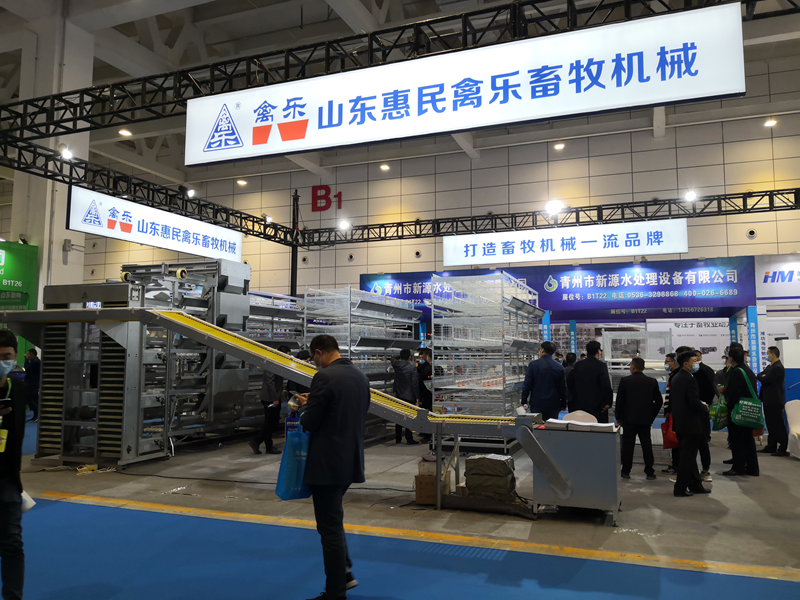


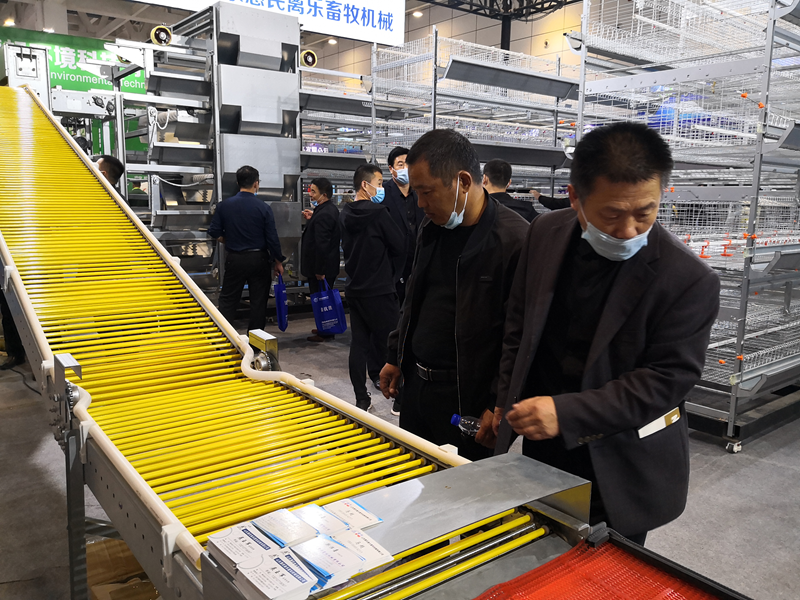
Chicken Farming Equipment Mesh Production Workshop

Machining Workshop

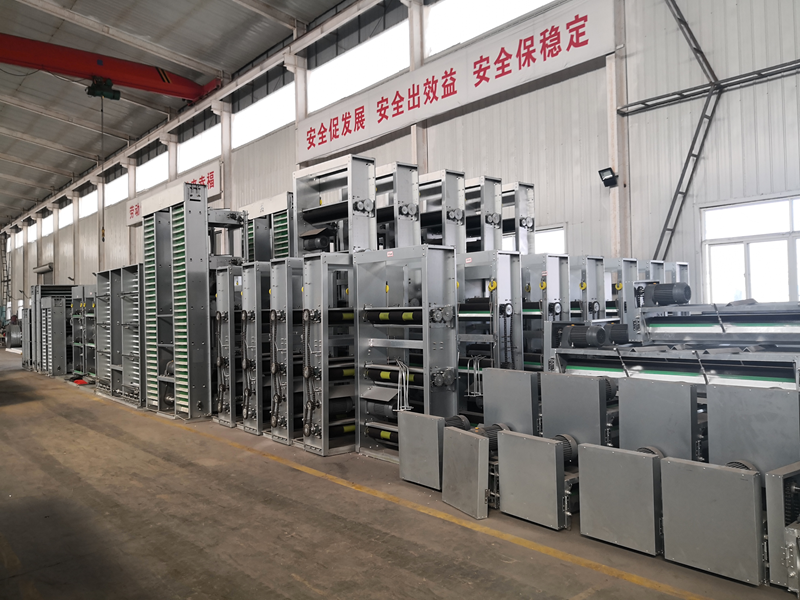
Turret-type CNC Punch Press, Laser Cutting and Other Machining Equipment



Fully Automated Roll Forming Production Line

Hot-dip Galvanizing Production Line

Electroplating Production Line

Environmental Protection Equipment

Chicken Farming Equipment Product Series
Egg-laying Hen Farming Equipment
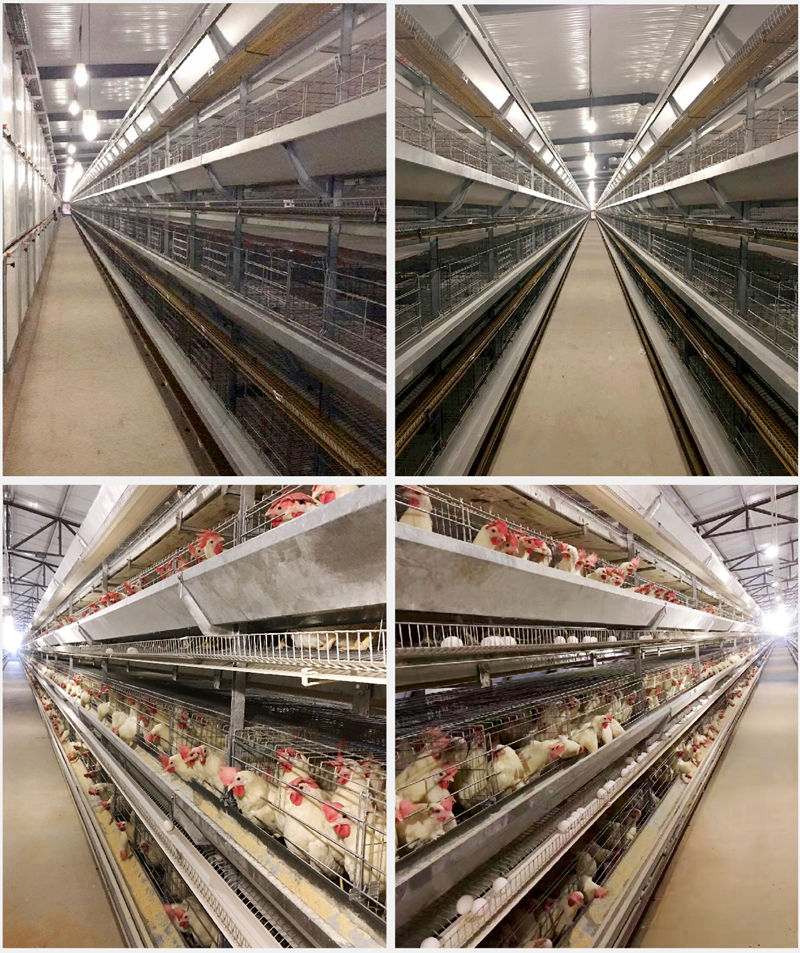
Stacked Brooding Cage Equipment

Stacked Broiler Cage Equipment
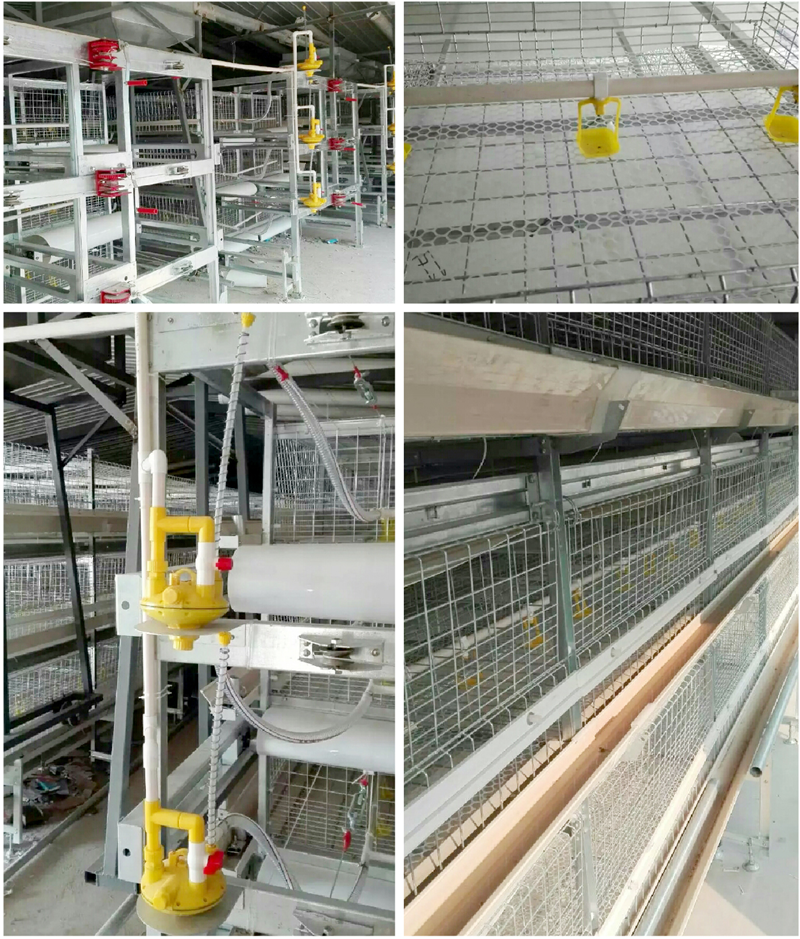
Stepped Layer Hen Cage Rearing Equipment
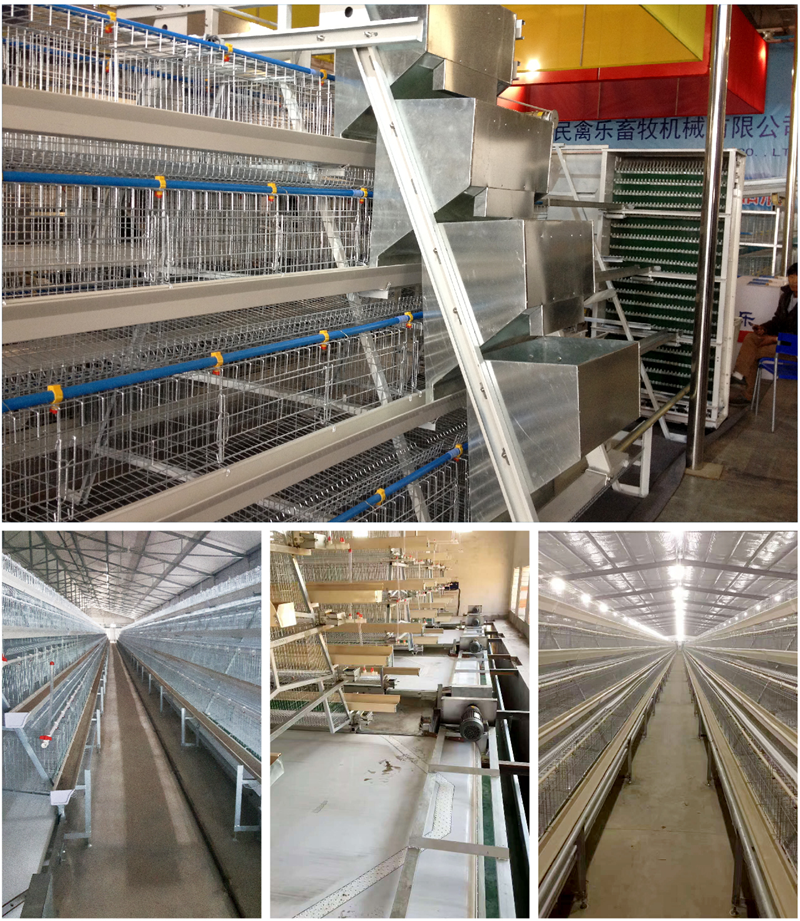
Automatic Egg Collection System

H-type Cage Feeding Machine
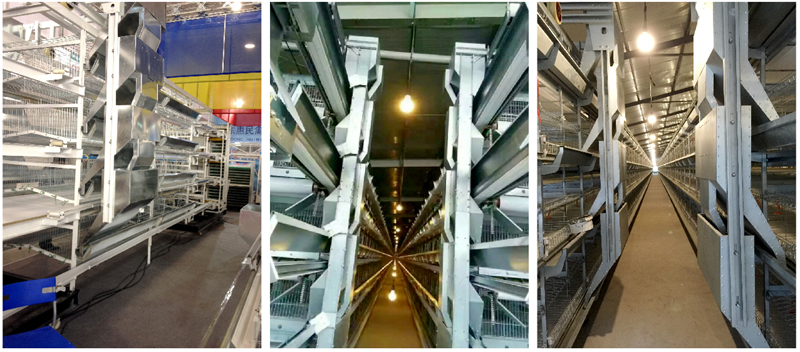
Stepped Cage Straddle Feeder
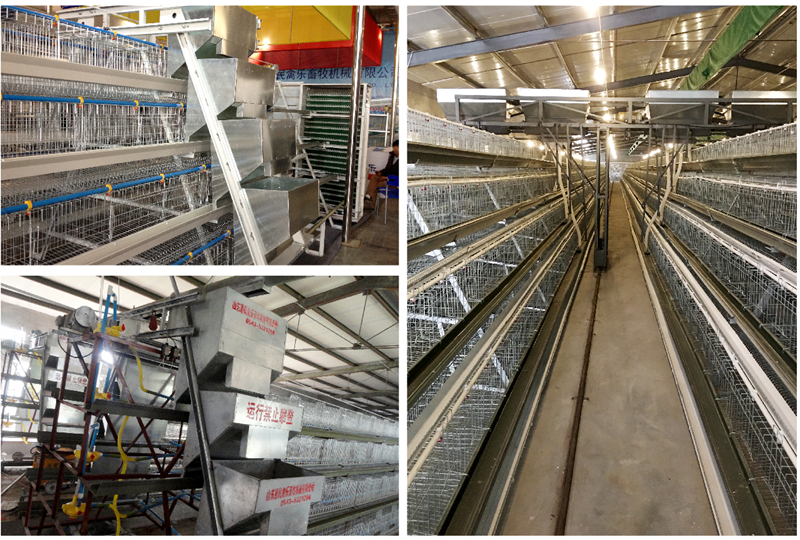
Manure Removal Machine

Fans, Heated Curtains, Environmental Control Systems, and Lighting Equipment
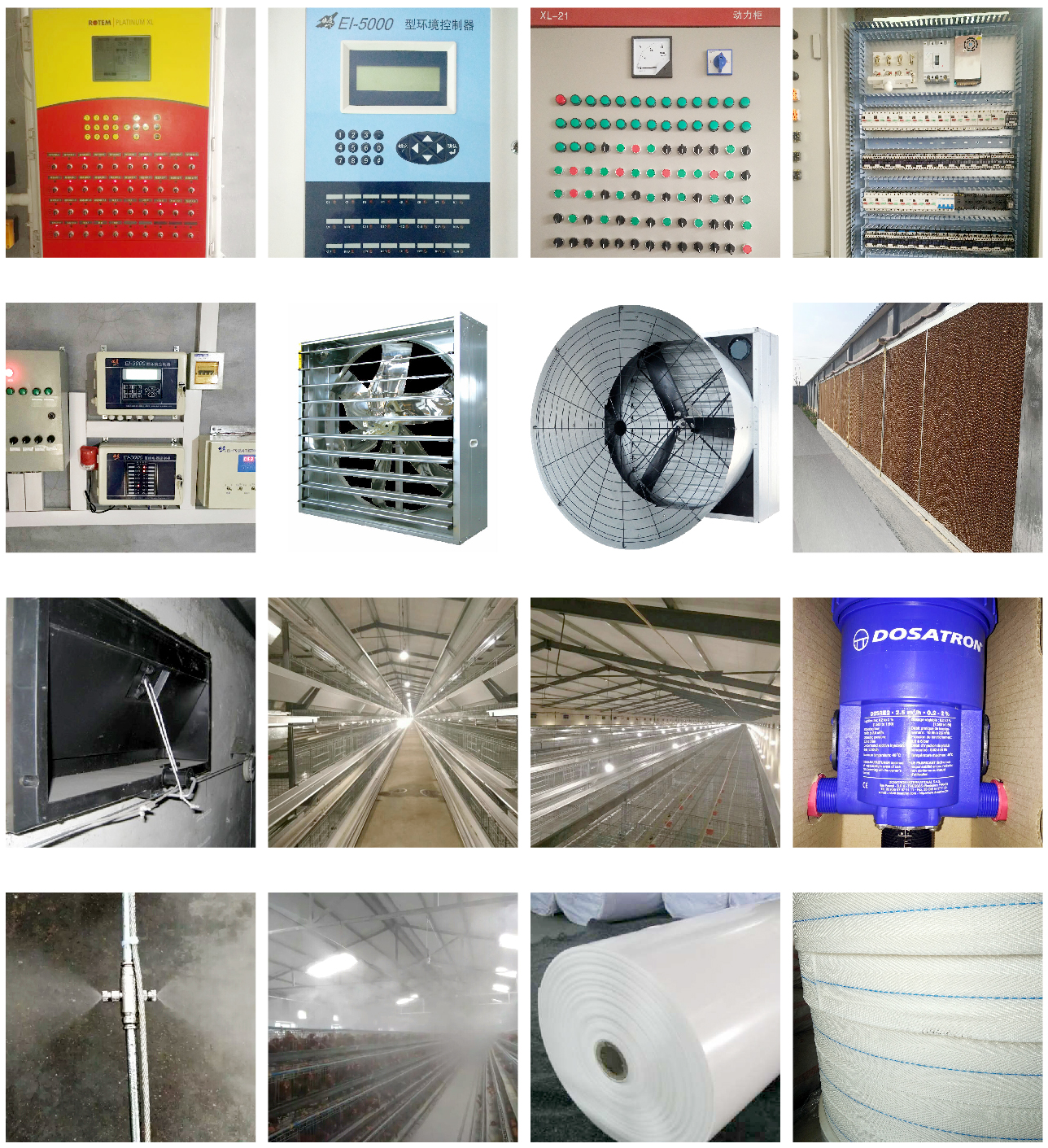
Complete Set of Equipment for Organic Fermentation Treatment of Manure


 Catalogue
Catalogue






























 WhatsApp
WhatsApp Phone
Phone